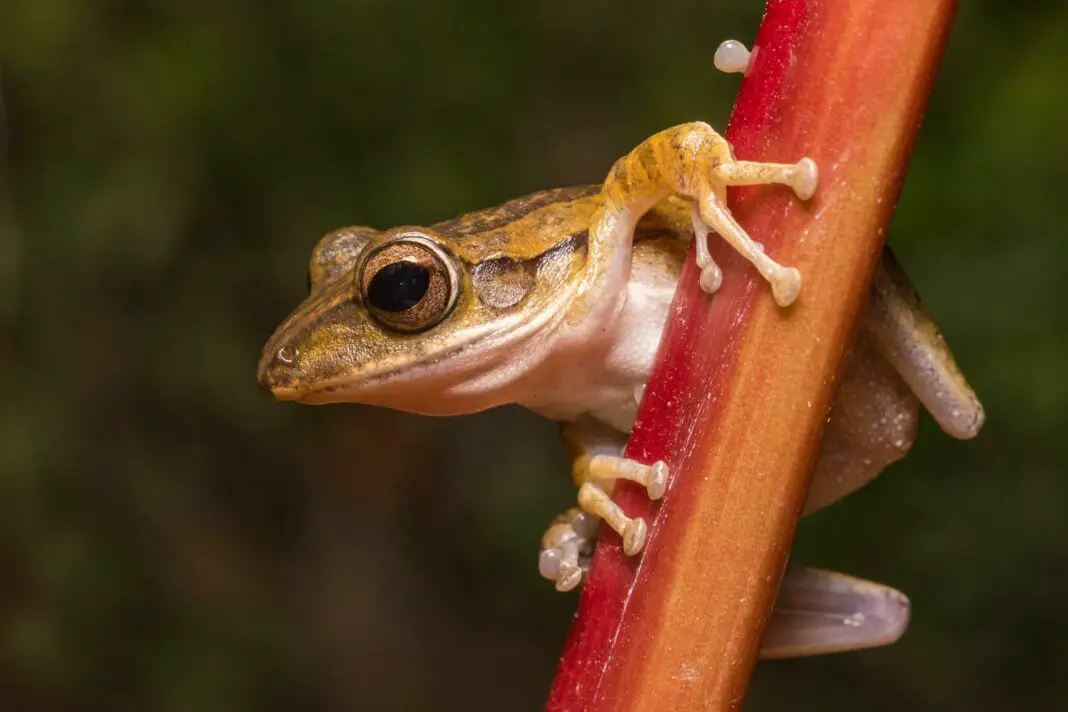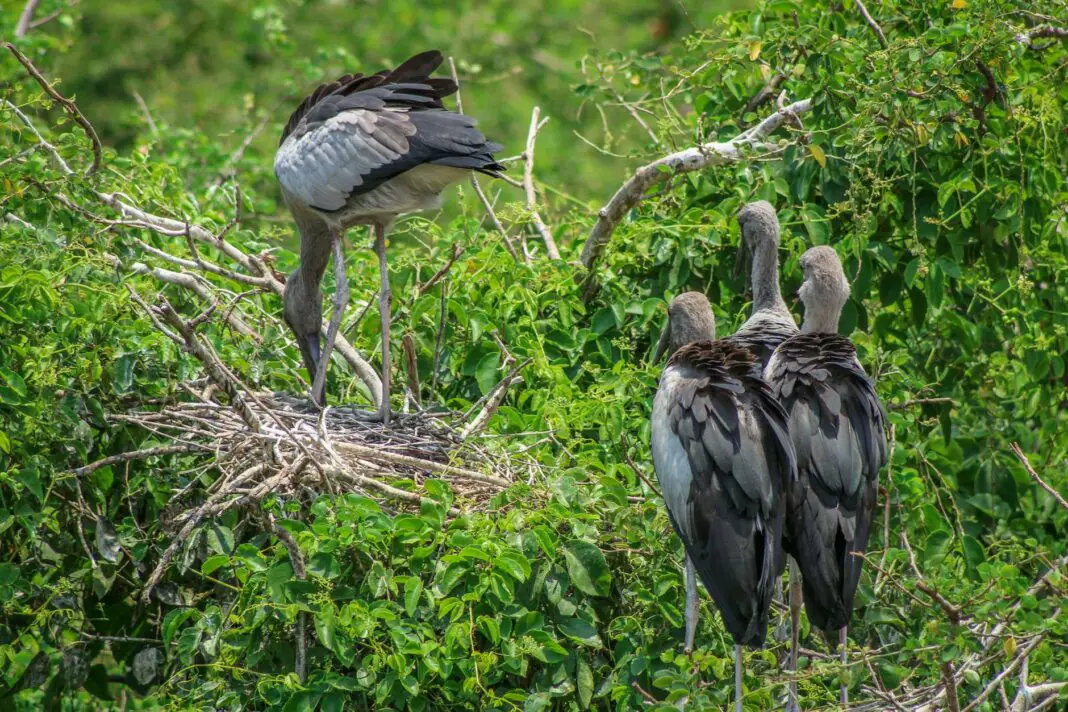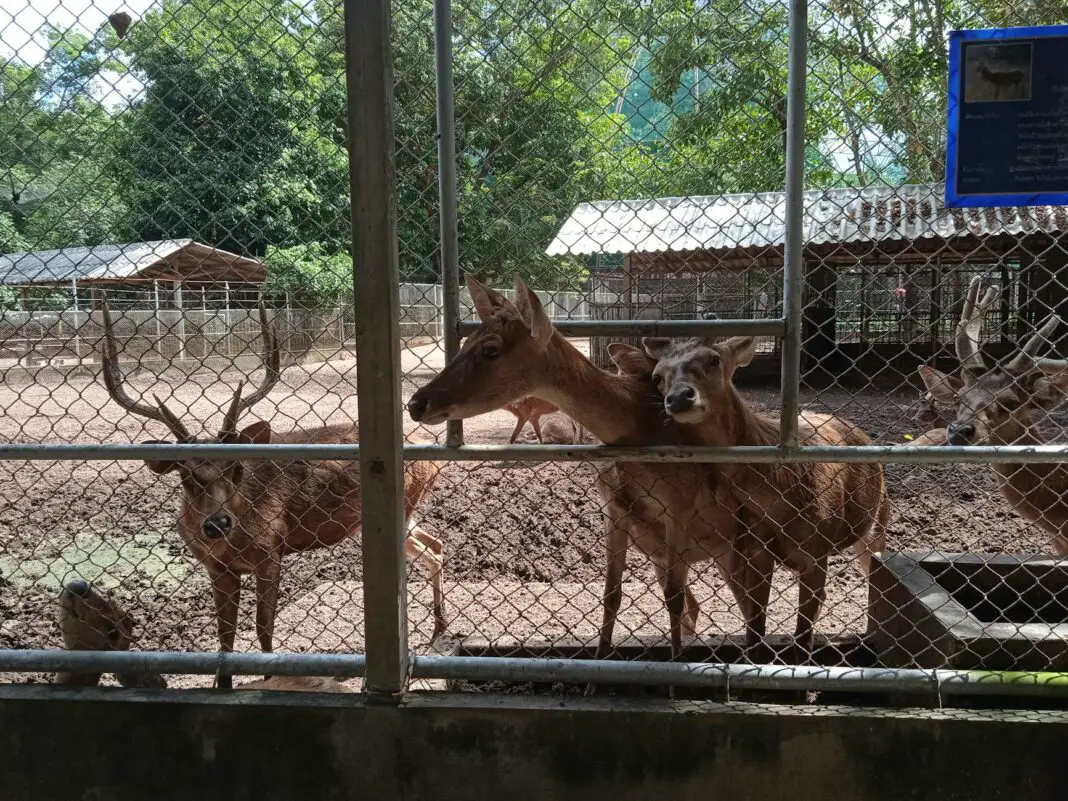Embarking on a trip to Thailand offers an exciting opportunity to explore its stunning landscapes and vibrant culture. Yet, what many travelers miss are the hidden biodiversity hotspots that reveal the country’s rich ecological heritage. This blog post dives deep into these lesser-known gems, showcasing awe-inspiring locales where nature thrives beyond the tourist trails. Adventure awaits as we uncover Thailand’s remarkable biodiversity—are you ready to experience it?
Discovering Thailand’s hidden biodiversity hotspots not only allows you to connect with nature on a deeper level but also provides a chance to witness some of the most fascinating species and ecosystems on the planet. From pristine rainforests teeming with life to submerged coral reefs teeming with varied marine species, each destination presents a unique adventure in the heart of nature. Grab your backpack and prepare to explore the vibrant and biodiverse ecotourism destinations that make Thailand a true haven for nature lovers.
**Table of Contents**
– [Khao Sok National Park: The Gem of Rainforests](#khao-sok-national-park)
– [The Andaman Sea: Dive into Marine Wonders](#andaman-sea)
– [Koh Chang: A Tropical Paradise](#koh-chang)
– [Chiang Mai: Mountains, Culture, and Nature](#chiang-mai)
– [Hua Hin: Coastal Escapes](#hua-hin)
– [Conclusion: Take the Plunge into Biodiversity](#conclusion)
– [FAQs About Thailand’s Biodiversity Hotspots](#faqs)
**Khao Sok National Park: The Gem of Rainforests**
Khao Sok National Park is a treasure trove of biodiversity, often dubbed as one of Thailand’s most pristine rainforests. Spanning over 739 square kilometers, this park is home to an extraordinary array of flora and fauna. Imagine trekking through lush jungles filled with towering trees, exotic plants, and a symphony of wildlife sounds. What makes Khao Sok even more appealing is its rich ecosystem, featuring rare species like the Malayan sun bear, Asian elephants, and numerous bird species including hornbills and gibbons.
Visitors can engage in a plethora of activities, from guided jungle treks to canoeing on Cheow Lan Lake. Night safaris unveil the enchanting nocturnal life, offering glimpses of animals that you wouldn’t typically see during the day. Be sure to pack your camera, as the park presents countless photo opportunities from its stunning viewpoints and hidden waterfalls. Emphasizing eco-friendly practices is critical here as sustainable tourism is the key to preserving this ecological wonder.
**The Andaman Sea: Dive into Marine Wonders**
The Andaman Sea boasts a rich underwater world that will leave divers and snorkelers breathless. Beyond the popular Phang Nga Bay and the Phi Phi Islands lies a series of lesser-known dive sites that are perfect for those yearning to explore hidden biodiversity. From vibrant coral gardens to deep-sea caverns, the marine life here is varied and abundant, offering encounters with dazzling fish, sea turtles, and even majestic manta rays.
Visiting spots like the Similan Islands or the Surin Islands, where the marine park policies protect the delicate ecosystems, enables you to witness firsthand the colorful displays of life beneath the waves. Remember to take part in ecotourism initiatives while diving by giving back to the environment through conservation programs, which are often available. Snorkeling or diving in these pristine waters not only gifts you unforgettable experiences but also contributes to the preservation of one of nature’s most beautiful treasures.
**Koh Chang: A Tropical Paradise**
As Thailand’s second-largest island, Koh Chang offers a stunning blend of lush jungles, sandy beaches, and vibrant marine life, making it an ideal destination for biodiversity enthusiasts. This island is less commercialized compared to others, allowing visitors to experience its natural beauty without the chaos of overwhelming tourism. Beyond lounging on the picturesque beaches, you can dive into crystal-clear waters to explore its coral reefs, which burst with color and life.
Trekking through the Koh Chang National Park presents a chance to encounter diverse wildlife including wild boars, monkeys, and unique bird species. The network of trails leads adventurers to stunning waterfalls and breathtaking viewpoints, allowing you to immerse yourself in the island’s rich natural heritage. Engage with local communities that practice sustainable fishing and conservation, ensuring that your visit encourages the protection of this tropical paradise.
**Chiang Mai: Mountains, Culture, and Nature**
Nestled in the mountainous region of Northern Thailand, Chiang Mai is not only known for its rich cultural heritage but also for its exceptional biodiversity. Surrounded by lush hills that are home to diverse ecosystems, this region offers a variety of outdoor adventures that showcase its natural beauty. The Doi Inthanon National Park, often referred to as the “Roof of Thailand,” is a must-visit, highlighting the ecological significance and splendid diversity of highland habitats.
Visitors can explore the extensive trail networks that lead to hidden waterfalls, scenic viewpoints, and unique flora typical of highland zones. Birdwatchers will delight in the opportunity to spot rare species such as the endemic green-tailed sunbird. Moreover, engaging with local tribes provides insights into how they co-exist with nature, making your trip both educational and enriching. The fusion of culture and biodiversity in Chiang Mai creates a compelling destination that resonates with eco-tourists and culture aficionados alike.
**Hua Hin: Coastal Escapes**
Nestled along the Gulf of Thailand, Hua Hin is often celebrated for its stunning beaches and calm waters, but it also hides remarkable biodiversity that deserves exploration. Offering a more laid-back vibe compared to bustling cities, Hua Hin is perfect for those seeking a serene connection with nature. The nearby Khao Sam Roi Yot National Park features dramatic cliffs, vast mangroves, and coastal wetlands, home to a rich variety of wildlife including migratory birds that flock here every year.
Explore the park through its scenic trails, offering breathtaking views and encounters with unique ecosystems. Birdwatching, kayaking through mangrove forests, and visiting tranquil fishing villages are just a few of the enriching experiences available. By engaging with local conservation initiatives, you can contribute to preserving the fragile coastal biodiversity while enjoying the beauty that Hua Hin has to offer. The blend of culture, leisure, and natural beauty makes this coastal town a delightful escape.
**Conclusion: Embrace the Call of Nature**
Thailand’s biodiversity hotspots present a thrilling opportunity to connect deeply with nature in ways that you cannot experience in typical tourist areas. Each destination not only showcases stunning landscapes but also invites travelers to adopt eco-conscious practices that protect and preserve these unique ecosystems. Taking the plunge into Thailand’s hidden biodiversity is more than a journey; it is about embracing the wonders of our planet and participating in the global effort to conserve it.
By seeking out these remarkable hotspots, you fulfill a desire for adventure while also supporting sustainable tourism. Immerse yourself in the breathtaking beauty, meet fascinating creatures, and create memories that will last a lifetime. Whether it’s hiking through verdant forests, admiring vibrant coral reefs, or exploring mountain trails, every moment spent in these biodiverse paradises is a step towards nurturing the planet for future generations.
**FAQs About Thailand’s Biodiversity Hotspots**
**What are the best times to visit Thailand’s biodiversity hotspots?**
The ideal time to explore these nature-rich areas is during the cooler months from November to February. This period offers pleasant weather and higher wildlife visibility, making it more enjoyable for outdoor activities.
**Are there guided tours available in these hotspots?**
Yes, many national parks and conservation areas offer guided tours led by knowledgeable local guides, ensuring you gain valuable insights while protecting the environment.
**Is it necessary to book in advance for activities?**
Booking in advance is recommended, especially for popular spots and activities such as guided hikes, diving excursions, and accommodations during peak seasons.
**How can I contribute to the conservation efforts while visiting?**
Engaging in eco-tourism initiatives, participating in local conservation programs, and adhering to responsible tourism practices are effective ways to contribute while enjoying your trip.
**What wildlife can I expect to see in these hotspots?**
Each hotspot offers a unique variety of wildlife, from tropical birds and elephants in Khao Sok to vibrant marine species in the Andaman Sea and rare birds in Chiang Mai.
Image Credit: Pexels





